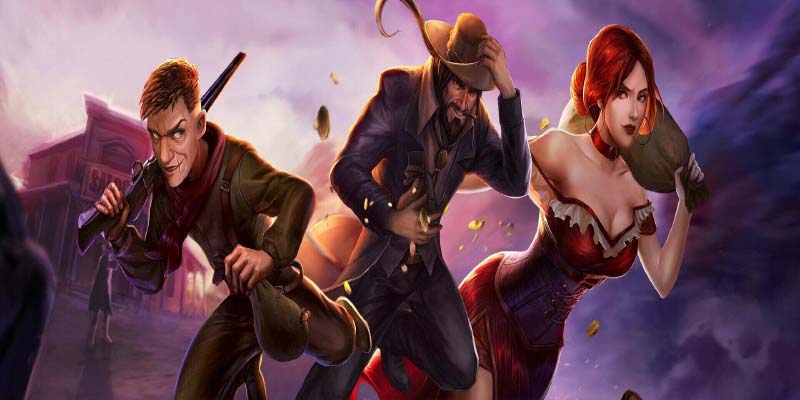
Dead or Alive II is not just another fighting bet88 game; it is a monumental cornerstone in the realm of video gaming that has captivated audiences since its release. This title has set benchmarks for character design, combat mechanics, and overall gameplay experience. In this blog post, we will dive deep into the intricate universe of Dead or Alive II, exploring its origins, key features, strategic gameplay, influence on the industry, and much more.
Overview of Dead or Alive II
The world of fighting games is vast and varied, but few titles have managed to create such a lasting legacy as Dead or Alive II. Released in 1999 as a sequel to the original Dead or Alive, this game not only refined its predecessor’s mechanics but also introduced new elements that made it shine brightly among its peers. It came out during a period rich with innovation in the gaming industry, contributing significantly to the evolution of fighting games.
The game’s development was led by Team Ninja, a subsidiary of Tecmo, known for their commitment to quality and detail in game design. The team aimed to elevate the franchise from its somewhat niche status to a blockbuster title. With stunning graphics, innovative mechanics, and an unforgettable roster of characters, Dead or Alive II exploded onto the scene and quickly became a fan favorite.
The Origin and Legacy of the Game
The creation of Dead or Alive II marks a significant turning point in the fighting game genre. When the original Dead or Alive was released in 1996, it showcased cutting-edge technology for its time, particularly its use of 3D graphics. However, it was Dead or Alive II that perfected the formula, introducing more fluid animations, better AI, and a more extensive range of moves.
The development team focused on enhancing the core tenets of arcade-style fighting games while ensuring accessibility for newcomers. The result was a title that not only appealed to hardcore gamers but also attracted casual players. Its success laid the groundwork for future installments in the series, solidifying its position as a beloved franchise.
Why Dead or Alive II Stands Out
Dead or Alive II distinguished itself through a combination of engaging gameplay and memorable characters. While many other fighting games relied heavily on complex combos and mechanics that could be daunting for new players, Dead or Alive II struck a balance. Its intuitive control scheme allowed players of all skill levels to jump in and enjoy the action, fostering a community that embraced both competition and casual play.
Moreover, the game’s focus on interactive environments set it apart from other titles. Players could utilize their surroundings as part of their strategy, whether it meant launching opponents off cliffs or using walls for dynamic attacks. This element added a layer of depth to the gameplay that kept players coming back for more.
Key Features of Dead or Alive II
One of the reasons why Dead or Alive II remains etched in the memories of gamers is its plethora of key features. From engaging characters to groundbreaking combat mechanics, the game offers a rich tapestry of experiences that make it compelling even years after its initial release.
Engaging Characters and Storyline
At the heart of Dead or Alive II lies its cast of characters, each with unique designs, fighting styles, and backstories. This diversity not only adds depth to the gameplay but also enriches the narrative experience. Players are drawn to specific characters based on their personal preferences, creating a connection that is essential for long-term engagement.
The storyline surrounding these characters weaves a tale of rivalry, friendship, and betrayal that unfolds as players progress through the game. Each character comes with their motivations and conflicts that contribute to a larger narrative arc. This storytelling approach enhances the emotional investment players feel, making each victory or defeat resonate deeply.
Innovative Combat Mechanics
Dead or Alive II broke new ground with its innovative combat mechanics. The introduction of the “counter” system was revolutionary, allowing players to anticipate and block attacks with precision. This feature encouraged strategic thinking and timing, raising the competitive stakes and rewarding skilled play.
Additionally, the game incorporated a unique “hold” system that permitted players to counter an opponent’s move with a well-timed hold. This mechanic added layers of complexity to battles, elevating the intensity of the fights. The emphasis on psychological warfare in combat made every match not merely a test of reflexes but also one of wits.
Visuals and Sound Quality
Visually, Dead or Alive II was ahead of its time, featuring detailed character models and vibrant environments that brought the action to life. The graphics were not just eye candy; they played a crucial role in immersing players into the game world. Each stage was intricately designed, providing a backdrop that complemented the fast-paced action.
Sound design also played a pivotal role in the game’s atmosphere. From the sounds of fists colliding to the background music that elevated the tension of each fight, the audio experience was meticulously crafted. This attention to detail helped to create a fully immersive experience, allowing players to lose themselves in the world of Dead or Alive II.
Conclusion
In conclusion, Dead or Alive II is not simply a game; it is a cultural phenomenon that has shaped the landscape of fighting games and continues to be celebrated by fans around the globe. Its blend of captivating characters, innovative gameplay mechanics, and rich storytelling has established it as a timeless classic.





